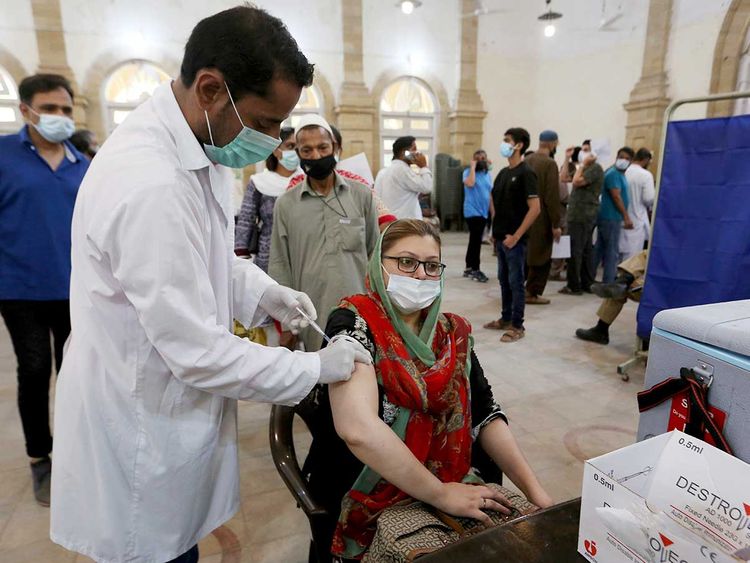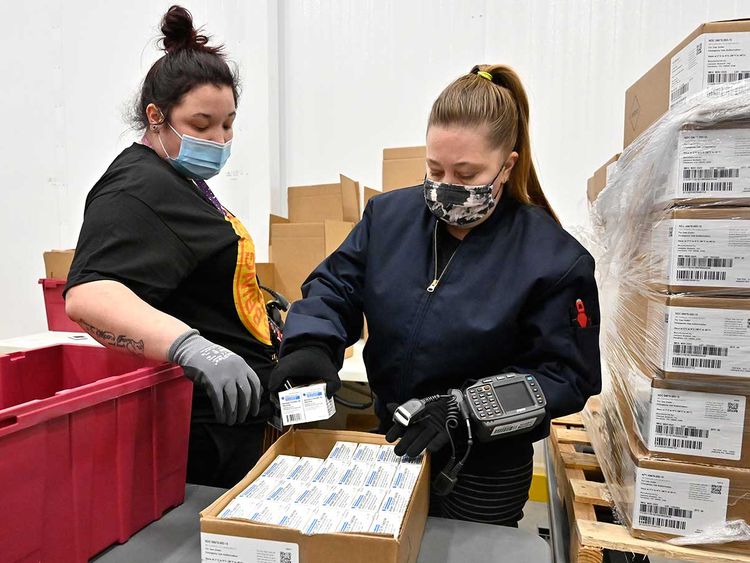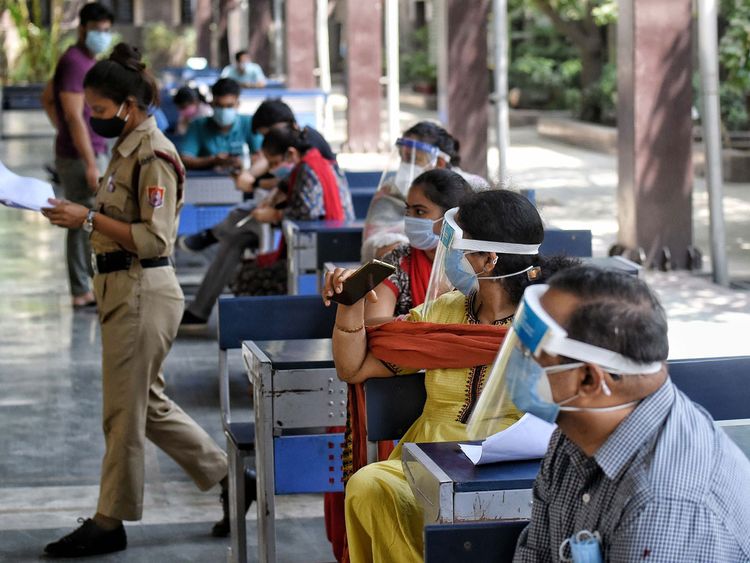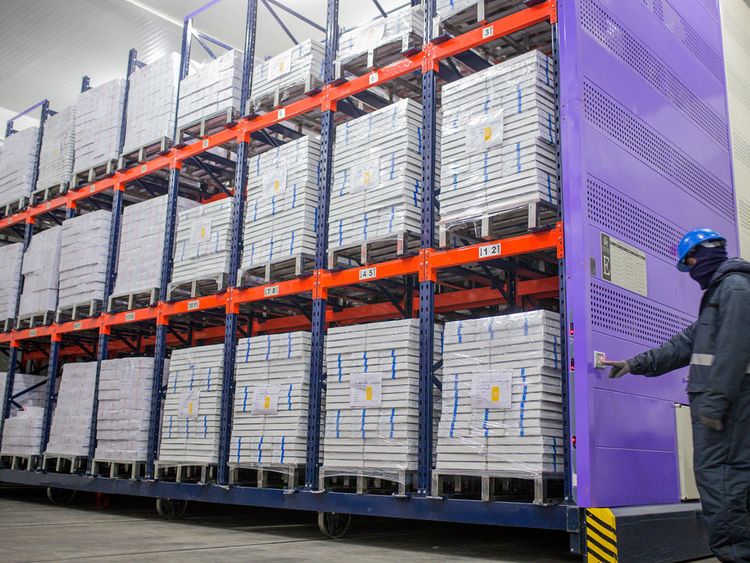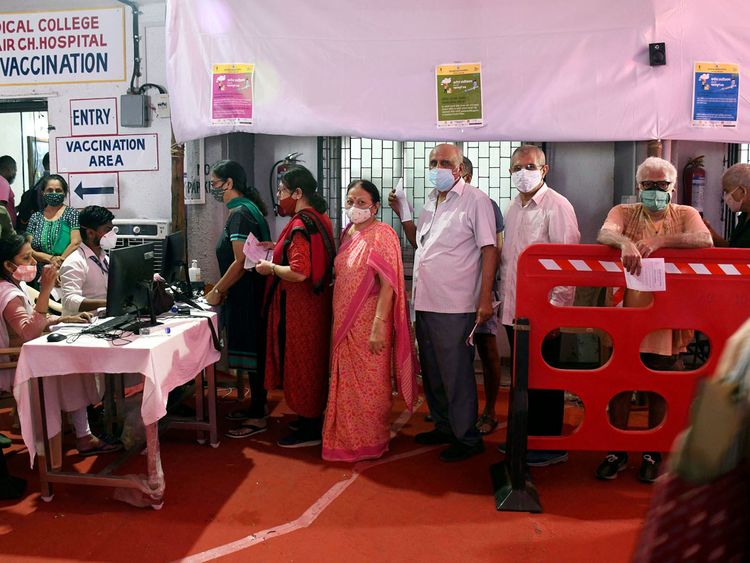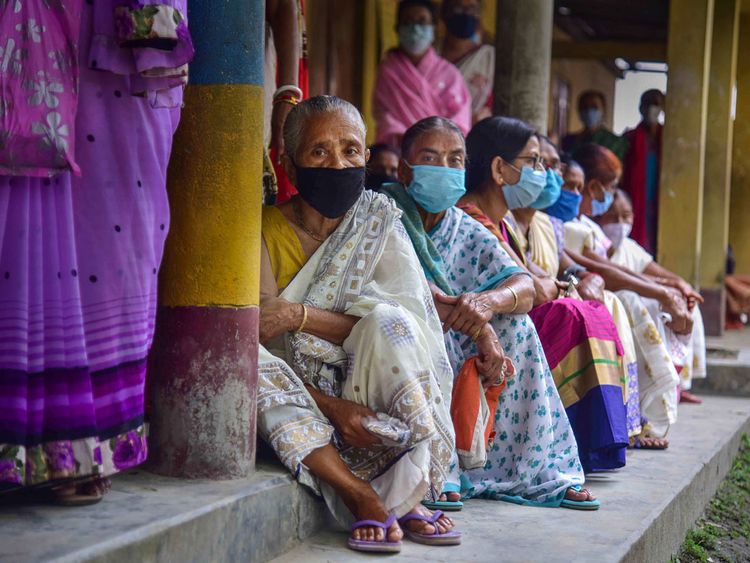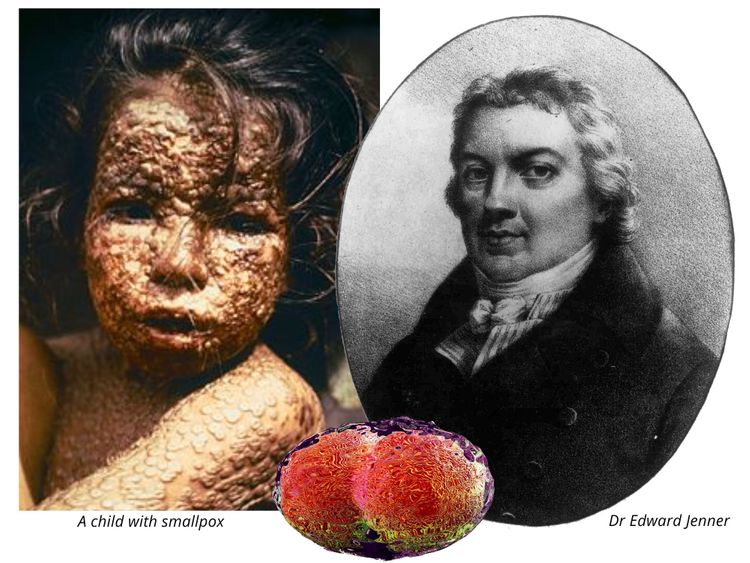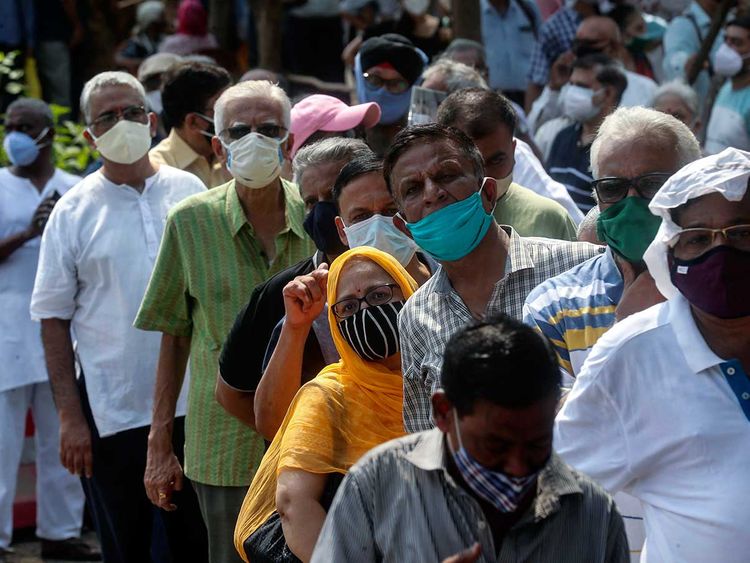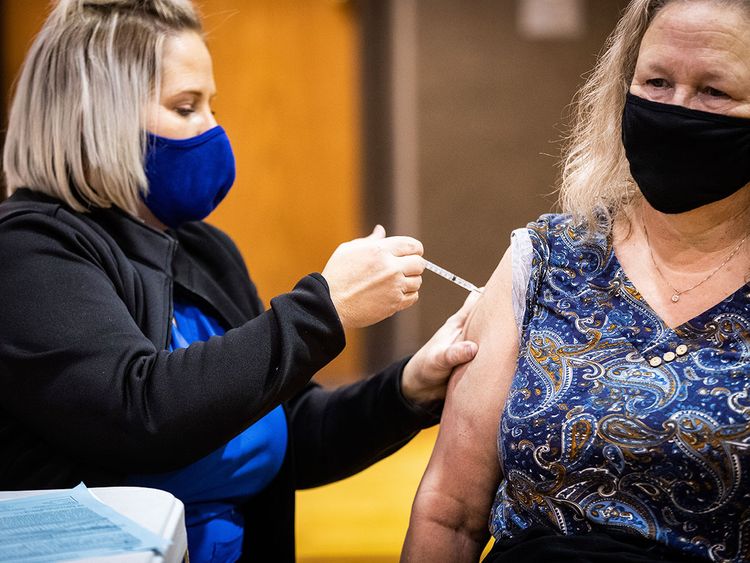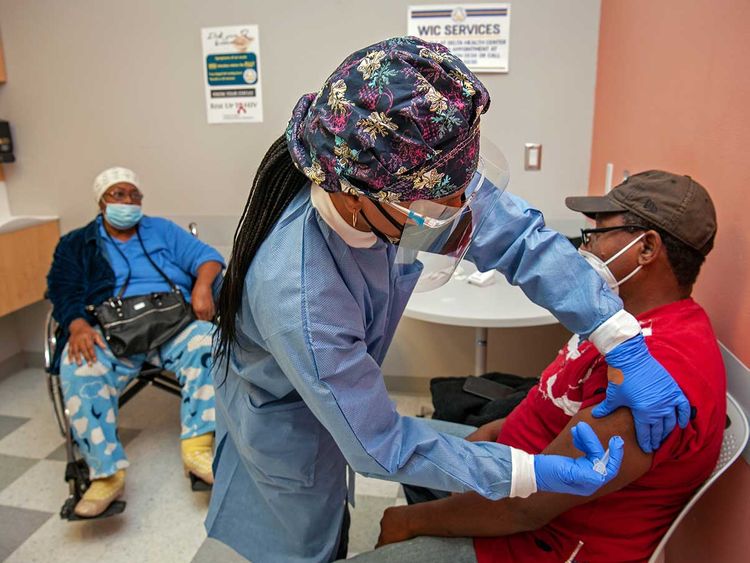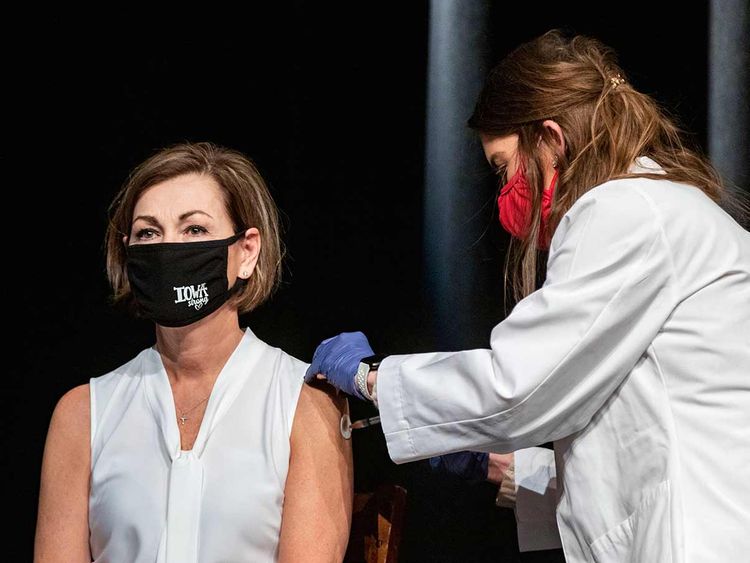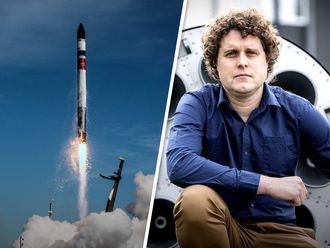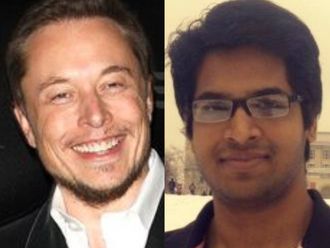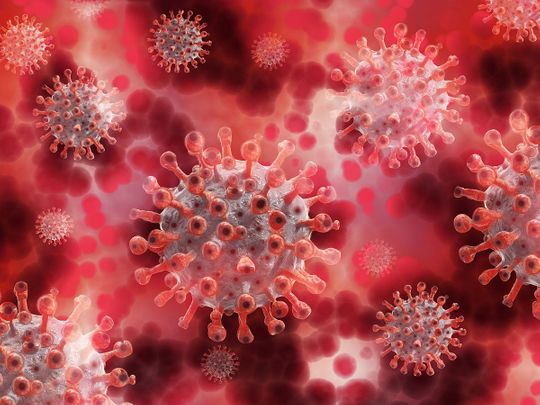
Highlights
- Estimates among scientists about required level to achieve “herd immunity” to COVID-19 vary widely — from 60% to 90%.
- Given the virus’ ability to mutate, planning for the end of COVID-19 presents a moving target.
- The key challenge is to achieve immunity — either through natural infection or through a vaccine — for the world at large.
- With vaccine production shortfalls and the logistical challenges, this requires nothing short of a miracle.
- It's not all bad news: vaccines work, and vaccinations are getting ramped up.
Wouldn’t it be so nice to wake up one morning and see the pandemic gone, totally banished from the face of the Earth? This may not happen anytime soon: in some countries, like India and Brazil, the deadly COVID-19 saga has turned into a prolonged nightmare from which millions are yet to wake up.
And COVID is real.
What’s unreal today are expectations of the so-called “herd immunity” kicking in at some vague time in the near future. That future is not guaranteed for the world, as ramped-up vaccinations are only happening in rich countries, and "vaccine nationalism” remains high. Besides, the required level immunity to achieve “herd immunity” to COVID remains unknown at this point — is it really just 60%, 80% or even higher?
Goodbye to COVID-19 pandemic? When?
It has been thought that, at some point, the pandemic will be over. And the world will then go “back to normal.” This thinking, however, is flawed. Some experts say the coronavirus — like the viruses behind polio, measles and the flu — is likely to be a “permanent” one. Meaning, it’s not going away. One scenario is that it may turn into a seasonal flu, less deadly, but would still claim some lives.
And like the flu virus, which still mutates with every season, the coronavirus has demonstrated that — given its known mutations — the virus is able to mount a cat-and-mouse game with vaccines.
Given this scenario, it’s hard to imagine now how our lives may ever go back to “normal”, according to some experts. Here’s what we know so far:
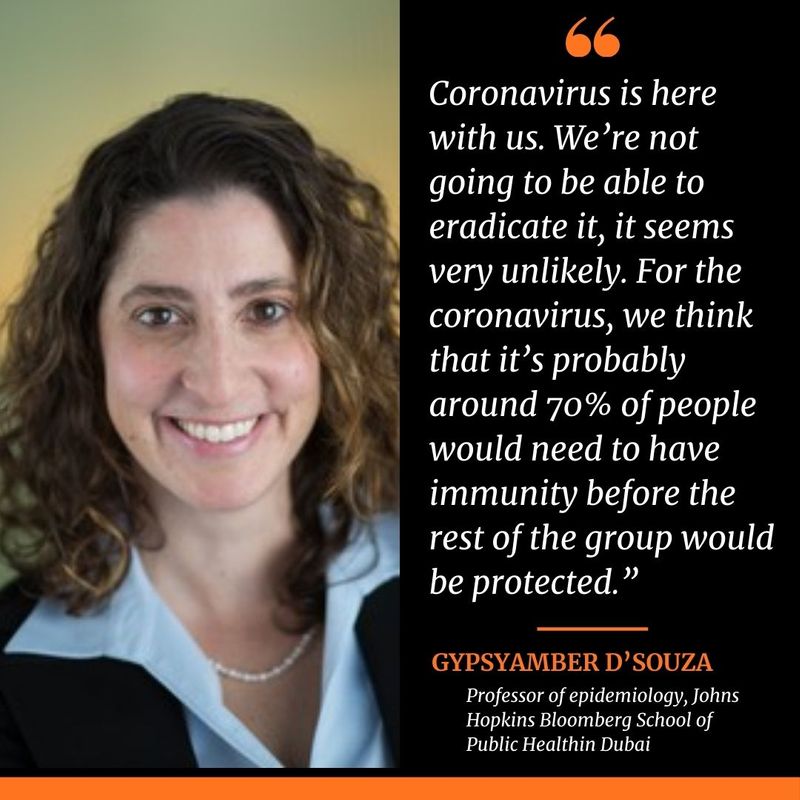
Will we be able to eradicate the coronavirus?
“Coronavirus is here with us. We’re not going to be able to eradicate it. It seems very unlikely,” said Gypsyamber D’Souza, professor of epidemiology at Johns Hopkins Bloomberg School of Public Health (JHSPH), said on April 6, 2021.
One example is the infection that caused the “Cocoliztli Epidemic”, a form of viral haemorrhagic fever that killed 15 million inhabitants of Mexico and Central America from 1545 to 1548. “Cocoliztli" is the Aztec word for "pest." A recent study that examined DNA from the skeletons of victims found that they were infected with a subspecies of Salmonella known as S. paratyphi C, which causes enteric fever, a category of fever that includes typhoid. Enteric fever can cause high fever, dehydration and gastrointestinal problems and is still a major health threat at present.
Another example: Polio cases have decreased by over 99% since 1988, from an estimated more than 350 000 cases to 22 reported cases in 2017, according to the WHO. But the polio virus is still active, and does still exist.
What is the required level of immunity to achieve herd immunity to COVID-19?
Nobody knows at this point. Scientists initially said a 60% to 70% herd immunity threshold is needed to keep the coronavirus at bay. Dr D’Souza said: “For coronavirus, we think that it’s probably around 70% of people would need to have immunity before the rest of the group would be protected.”
That’s also the original figure mentioned by Dr Anthony Fauci, director of the US National Institute of Allergy and Infectious Diseases (NIAID), in December 2020. But Dr Fauci, as well as others, have bumped the number upward.

We need to have some humility here. We really don’t know what the real number (for community immunity threshold) is. I think the real range is somewhere between 70 to 90%. But, I’m not going to say 90%.”
“We need to have some humility here,” Dr Fauci told Vox on December 15, 2020. “We really don’t know what the real number is. I think the real range is somewhere between 70 to 90%. But, I’m not going to say 90%.”
What are the examples of viruses (pathogens) for which people have achieved herd immunity?
It’s still possible to achieve herd immunity to coronavirus, given the human experience with other pathogens. John Dowdy, JHSPH associate professor of epidemiology, said: “There are lot of examples of viruses that we have achieved some level of herd immunity to. One example, the far end of success, is smallpox, where we were able to fully eradicate the disease.”
Dr. Jeremy Kamil, a US virologist, says it typically takes about 14-days for your body to build up a repertoire of “memory” — or “adaptive” immune cells specific for a certain virus or other pathogen. "The best vaccine is the one you’re offered first. Pretty much all of the vaccines in use can save your life from dying of COVID-19, even if you get infected by a variant."
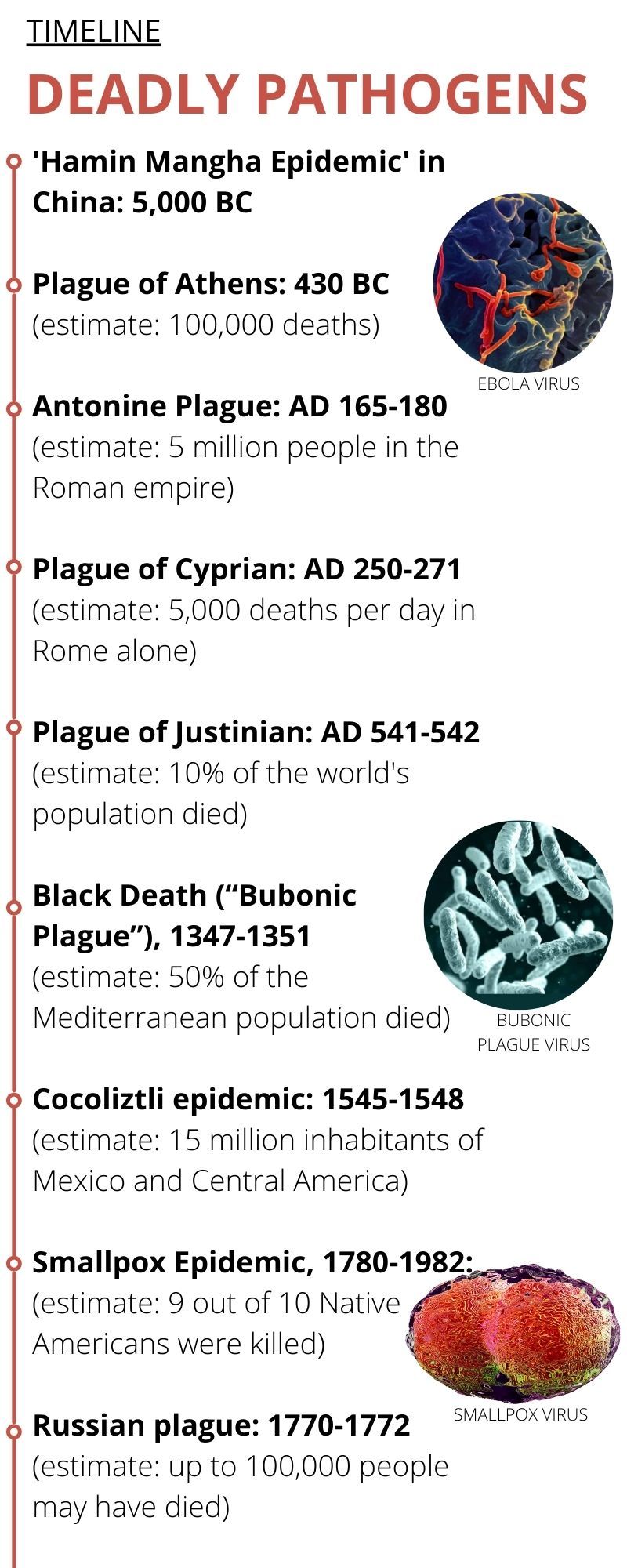
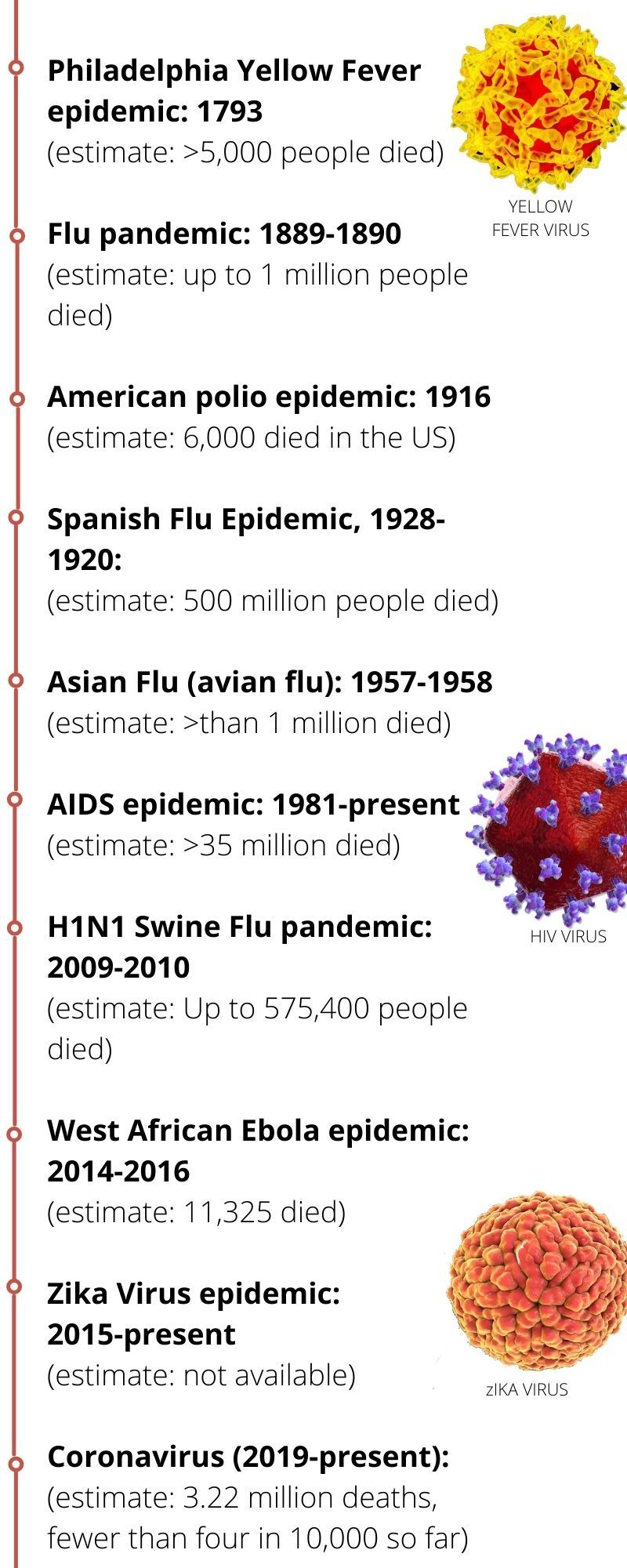
“Immunity to the coronavirus can be achieved either through (a) natural infection or (b) through a vaccine,” Dr Dowdy said. “They don’t have to be two separate things. We can have some immunity from natural infection, and also some immunity from a vaccine.”
How far are we from achieving immunity from natural infection?
“Immunity to the coronavirus can be achieved either through (a) natural infection or (b) through a vaccine,” Dr Dowdy said. “They don’t have to be two separate things. We can have some immunity from natural infection, and also some immunity from a vaccine.”
“In most places in the world, we think that that level of natural infection right now (as of April 6, 2021) is still only 20% or less,” said Dr Dowdy. “And so we still have a long way to go. And certainly, the fastest, and safest way, to get there is through a vaccine,” he added.
Given the known mutations of SARS-CoV-2, is it possible to achieve herd immunity at all?
Recent developments in certain countries, specifically in Brazil, UK, South Africa, the US and India, in which the virus continues to mutate, achieving “herd immunity” may be a moonshot anytime soon, say experts.
Even the US, which leads most other countries in vaccinations and already had large outbreaks, won’t hit a herd immunity level, according to Christopher Murray at the University of Washington and Peter Piot at the London School of Hygiene and Tropical Medicine, in a New York Times report.
They doubted that the US — which today leads in vaccinations — would reach herd immunity. The main reason: the ongoing emergence of new variants that “behave almost like new viruses”.
Is 'reinfection' common, i.e. people previously infected, getting reinfected with a new COVID-19 strain?
Findings of a study published in the The Lancet Respiratory Medicine in April 2021 shows previous COVID-19 infection does not fully protect people against re-infection. While it’s true that antibodies induced by SARS-CoV-2 infection are largely protective, the study showed they do not completely protect against reinfection in young people.
A “longitudinal, prospective study” of more than 3,000 young, healthy members of the US Marines Corps conducted by researchers at the Icahn School of Medicine at Mount Sinai and the Naval Medical Research Center came up with that conclusion.
“Our findings indicate that reinfection by SARS-CoV-2 in healthy young adults is common,” says Stuart Sealfon, MD, the Sara B. and Seth M. Glickenhaus Professor of Neurology at the Icahn School of Medicine at Mount Sinai and senior author of the paper.
Another clinical trial bears this out: in South Africa, people in the “placebo” group previously infected with one strain had no immunity against its mutated descendant — and became reinfected, according to a study published by the New York Academy of Sciences in February 2, 2021. Similar reports came out of Brazil, which had seen massive outbreaks — and subsequently suffered renewed epidemics.
Why is vaccination the main path towards lasting herd immunity?
Despite the rapid viral transmission of SARS-CoV-2, it is thought only 20% of the world’s population has achieved some sort of immunity through natural infection. So the remaining 80% would have to either wait to be infected naturally or get a vaccine, as the coronavirus is expected to be with us — for better or for worse. So the main and logical path towards herd immunity is through vaccination.
How long will the efficacy of current generation of vaccines last?
Some of the shots available today are still effective against some of the new variants. Experts, however, believe their efficacy will wane over time against the coming mutations.
Some vaccine makers are already working on new jabs for the new mutations. This is where the advantage of new mRNA vaccines comes to the fore. Shots based on this revolutionary technology can be “refashioned” faster than vaccines developed using traditional platforms (inactivated or attenuated).
What are the possible scenarios?
Scientists point to two possible “evolutionary paths”.
One: a virus becomes more severe but not more transmissible. It will cause more disease and death, but the growth is linear.
Two: A mutating virus becomes neither more nor less virulent, but more contagious. This will cause a spike in disease and death that are exponential rather than linear.
Certain countries or regions may win over the virus, and achieve herd immunity sooner. But at the moment, COVID-19 is still unleashing its deadly payload, wreaking havoc in countries like India, Brazil and the developing world.
With the new variants, even if vaccines are eventually developed against them, the shots still need to be produced, shipped, stored, distributed and administered. There are natural limitations to this process.
What if vaccines are not made, distributed and administered fast enough?
The virus, by default, will still infect. It will still reproduce wherever it finds non-immune or unvaccinated bodies that will enable it to jump to the next vulnerable person. In the process of copying itself, it will make more coding “mistakes”, aka yet more variants.
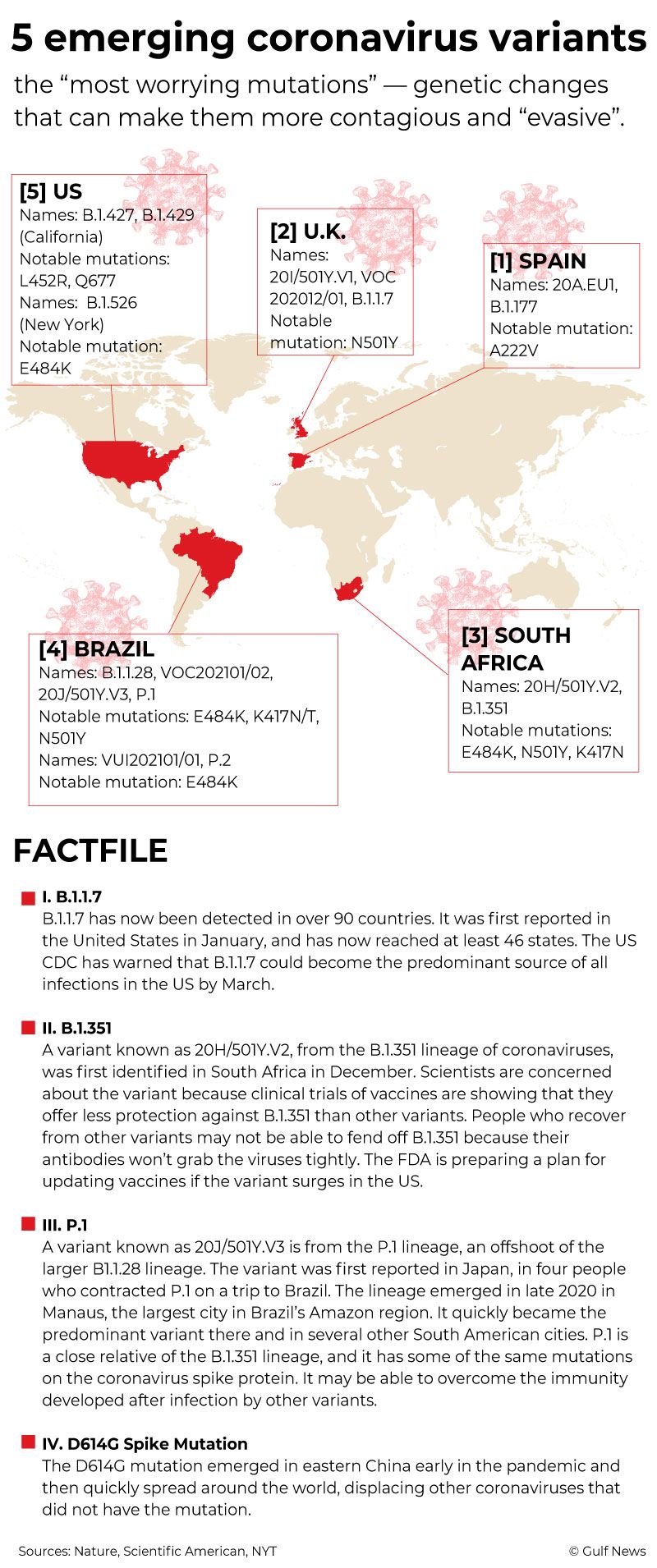
Today, it’s a British, South African, Indian, US or UK variant, with some sub-variants showing up certain in states or cities. Tomorrow, it could from another part of the map.
Most mutations are nothing to worry about, say virologists. But it’s also a fact that each fresh infection could potentially give the virus what amounts to a lottery ticket. A “win” for COVID could give it greater virulence or ability to escape vaccines, or both. The more people who are vulnerable, the more transmission, and the greater number of lottery tickets the coronavirus gets, for more “wins”.
The reason more variants are detected is because genome sequencing has become more commonplace. But advanced sequencing is almost absent in the developing world. Scientists say it’s safe to assume that the virus is already mutating fast in the many poor countries where no vaccines had been administered yet.
In April, Antonio Guterres, the UN Secretary General, said 75% of all shots had been administered in just 10 countries. In about 130 other countries, not even a single shot had been given. Much is yet to be done.
To say “it’s a small world after all”, without actually doing what’s necessary to cover the entire planet against this harmful pathogen, is to live in a fantasy land where things magically happen, without hard work and hard decisions.
Good News
Vaccines work:
There’s evidence that vaccines are effective, as real-world data from Israel and the UK validate the clinical-trial results by showing a sharp reduction in hospitalisations and deaths. There’s an emerging evidence indicating that vaccines likely reduce transmission considerably, though not to the same degree that they prevent severe disease. Following a massive vaccination rollout, Israel has achieved a bell curve, with new cases down to almost nil.
The vaccine rollout is improving:
Immunisation programs have accelerated. In the UAE, the rate of vaccine distribution has reached 102.19 doses per 100 people.
Sentiment about vaccine adoption is improving:
As of March 15, the UK has administered 39 doses per 100 people in the total population; corresponding figures for the US States and the European Union are 33 per 100 and 12 per 100, respectively.
More vaccines are coming:
Johnson & Johnson’s one-shot vaccine appears to be highly effective against severe COVID-19 and received Emergency Use Authorization in the US on February 27.
Vaccine trials on children aged 12 and up are well underway:
BioNTech said on April 29, 2021 that it expected its COVID-19 vaccine, jointly developed with Pfizer, to be available to 12 to 15-year-olds in Europe from June. The US is expected to authorise the COVID-19 vaccine for children age 12 and up by early next week.
The world keeps getting better at responding:
In January, Dubai launched the Vaccine Logistics Alliance for COVID-19. The move is expected to speed up the flow of vaccines globally for 2 billion doses this year.


